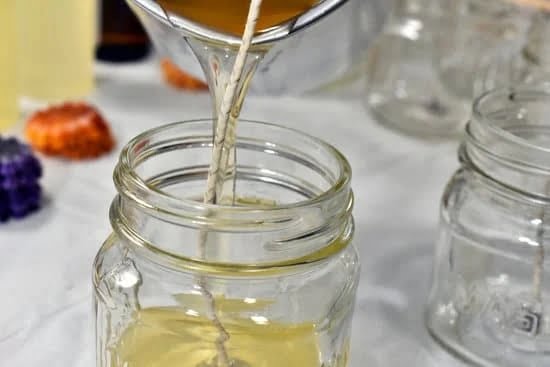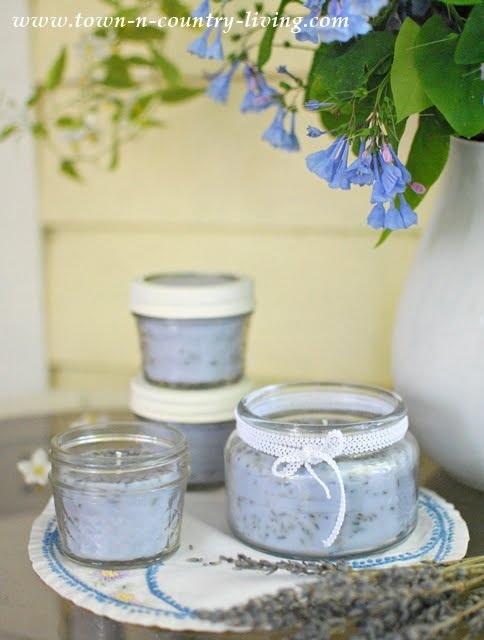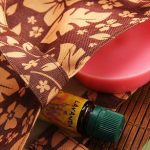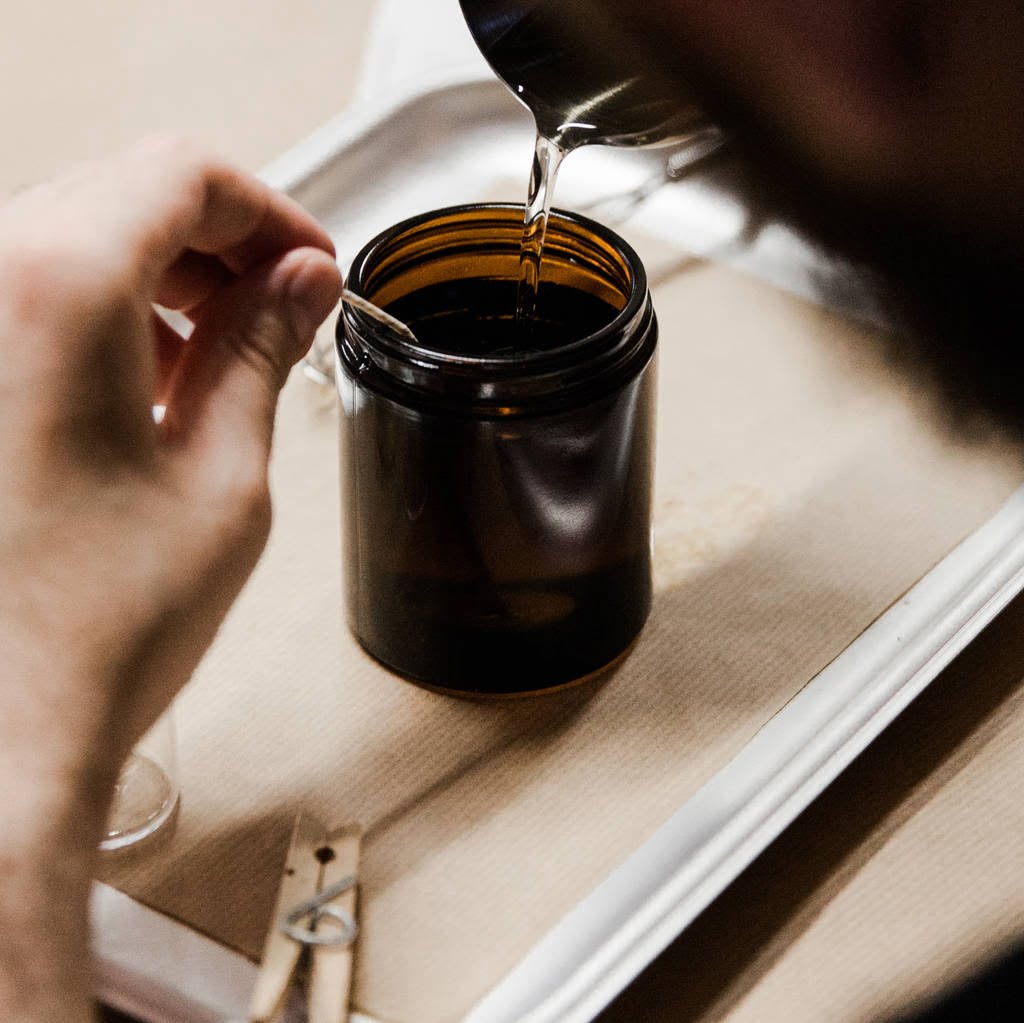Are you interested in makeing candles and exploring the world of candle making? Whether you are a beginner or an experienced crafter, candle making is a versatile and rewarding hobby that allows for endless creativity. In this article, we will take a closer look at the art of candle making, from its historical significance to its rising popularity as a DIY craft in modern times.
Candle making has been around for centuries, playing a significant role in various cultures and traditions. We will delve into the history of candle making and explore how it has evolved over time. Additionally, we will discuss the increasing trend of DIY candle making in recent years, as more individuals seek to create their own personalized and fragrant candles at home.
We will also highlight the essential materials needed for DIY candle-making, emphasizing the importance of quality supplies in creating long-lasting and aromatic candles. Furthermore, we will delve into the different types of wax used in candle making, such as soy, paraffin, and beeswax. This section will cover the benefits and drawbacks of each type of wax for different candle-making purposes, providing readers with valuable insights for their projects.
Essential Materials for DIY Candle Making
When it comes to makeing candles at home, having the right materials is crucial for a successful and enjoyable candle making experience. Here are the essential supplies needed to get started:
- Wax – The most important component of a candle, wax can be soy, paraffin, beeswax, or a blend of these.
- Wicks – These are the strings that serve as the fuel source for the flame. It’s important to choose wicks that are appropriate for the type of wax being used.
- Fragrance Oils or Essential Oils – Adding scents to your candles is a key part of makeing candles. Choose high-quality fragrance or essential oils for maximum aroma.
- Containers or Molds – Depending on the type of candle you want to create, you will need containers such as jars or tins, or molds if you prefer pillar or shaped candles.
- Double Boiler or Melting Pot – To melt the wax evenly and safely, a double boiler setup is recommended. A pouring pitcher dedicated to candle making can also be used.
- Thermometer – A thermometer is necessary to monitor and maintain the temperature of the melted wax throughout the candle making process.
Using quality materials in DIY candle making ensures that your candles burn cleanly and evenly while emitting pleasant and long-lasting fragrances. Investing in reliable equipment and ingredients will ultimately result in beautiful and professional-looking homemade candles.
Whether you’re makeing candles as a hobby or for gifting purposes, having these essential materials on hand will set you up for a rewarding and fulfilling creative endeavor. As with any craft, practice makes perfect, so don’t be discouraged if your first attempts aren’t perfect – with time and experience, you’ll master the art of candle making and create stunning candles that reflect your personal style and creativity.
Different Types of Wax for Candle Making
When it comes to making candles, the type of wax used plays a crucial role in the overall quality of the final product. There are several options available for candle makers, each with its own unique characteristics and benefits. Understanding the different types of wax can help you make informed decisions and create candles that meet your specific needs.
Types of Wax
One of the most popular options for DIY candle making is soy wax. Derived from soybean oil, this natural wax is known for its clean burn and excellent scent throw. On the other hand, paraffin wax is a more traditional choice that offers a strong scent throw and vibrant colors. Beeswax, obtained from honeycombs, is another natural option that gives off a subtle, sweet aroma while purifying the air.
Benefits and Drawbacks
Soy wax is favored by many for its eco-friendly qualities and versatility in holding fragrances. However, some may find it challenging to work with due to its soft texture. Paraffin wax, although not as environmentally friendly as soy or beeswax, offers excellent scent dispersion and has a longer shelf life. Beeswax is renowned for its natural air purification properties but may be more expensive compared to other waxes.
Ultimately, the choice of wax will depend on your specific preferences and priorities when makeing candles. Whether you prioritize sustainability, fragrance strength, or ease of use, there is a suitable option for every candle maker.
Choosing the Right Fragrance and Essential Oils
When it comes to making candles, choosing the right fragrance and essential oils is a crucial step in creating the perfect ambiance for any space. The scent of a candle can evoke different emotions and moods, making it an important element in the candle making process. Here are some tips on how to choose the best scents for your homemade candles:
- Consider the purpose: Think about where and when you plan to use the candle. For example, if it’s for relaxation, lavender or chamomile scents are great choices. For a festive atmosphere, cinnamon or pine would be suitable.
- Test different fragrances: Before committing to a large batch of candles, it’s a good idea to test out different scents first. This will help you determine which ones work best for your preferences.
- Blend essential oils: Get creative and experiment with blending different essential oils to create unique aromas that reflect your personal style.
Quality essential oils are key to achieving long-lasting and fragrant homemade candles. It’s important to invest in high-quality oils that will not only provide a pleasant scent but also ensure that the fragrance lasts throughout the life of the candle.
When makeing candles, keep in mind that certain essential oils may have stronger or more subtle scents than others. Some oils also have therapeutic properties, adding another layer of benefits to your homemade candles. By carefully selecting and blending fragrance and essential oils, you can elevate your candle making experience and create one-of-a-kind scents that will delight your senses.
Step-by-Step Candle Making Process
The art of candle making has been around for centuries, and in modern times, it has experienced a resurgence in popularity as more and more people are drawn to the idea of creating their own unique and personalized candles. In this section, we will break down the candle making process into clear and easy-to-follow steps, providing helpful tips and tricks for achieving professional-looking candles at home.
Gathering Supplies
Before diving into the candle making process, it’s essential to gather all the necessary supplies. This includes wax, fragrance oils, wicks, a double boiler or melting pot, a thermometer, a pouring pitcher, and containers for the finished candles. It’s important to work in a clean and organized space to ensure a smooth candle making experience.
Melting the Wax
The first step in making candles is melting the wax. Using a double boiler or melting pot, gently heat the wax until it reaches the desired temperature according to the type of wax being used. It’s crucial to monitor the temperature closely to avoid overheating or burning the wax, which can affect the quality and scent of the finished candles.
Adding Fragrance and Pouring
Once the wax is melted and at the correct temperature, it’s time to add fragrance oils if desired. The amount of fragrance oil added should be carefully measured according to specific guidelines to ensure a well-scented candle without overpowering the aroma. After adding fragrance oils, carefully pour the melted wax into prepared containers with pre-waxed wicks centered inside.
By following these step-by-step instructions and utilizing quality materials, everyone can enjoy creating their own beautiful homemade candles that not only provide ambiance but also reflect their personal style and preferences.
Troubleshooting Common Candle Making Issues
When it comes to makeing candles at home, there are a few common issues that novice candle makers may encounter. These problems can range from simple aesthetic drawbacks to more serious safety concerns. One of the most prevalent issues is the formation of air bubbles within the candle wax. These unsightly blemishes can detract from the overall appearance of the candle and are often caused by improper pouring techniques or fluctuations in temperature during the cooling process.
Another common problem in candle making is uneven burning, which can result in wasted wax and an incomplete consumption of the wick. This issue may be attributed to using a wick that is too small for the diameter of the candle, causing uneven distribution of heat.
Additionally, fragrance fading over time is a typical concern for homemade candles. Factors such as selecting high-quality essential oils and proper storage can play a significant role in preserving the scent of the candle over an extended period.
| Common Issue | Solution |
|---|---|
| Air Bubbles | Slow down the pouring process and use a heat gun to remove air bubbles before the wax solidifies. |
| Uneven Burning | Select a wick size appropriate for the diameter of your candle and ensure even distribution of fragrance throughout the wax. |
| Fragrance Fading | Store candles away from direct sunlight and extreme temperatures to preserve their scent. |
Creative Candle Design and Decoration Ideas
When it comes to making candles, the design and decoration aspect is where you can truly let your creativity shine. The opportunities for customization are endless, allowing you to make candles that suit any occasion, style, or personal preference. One fun way to personalize your candles is by adding dried flowers. Not only do they add a charming and natural touch to your creations, but they also give off a lovely fragrance when the candle is lit.
Another creative idea for decorating homemade candles is by incorporating glitter into the wax. This can add a touch of sparkle and glam to your candles, perfect for special events or as gifts. Of course, choosing unique containers for your candles is another great way to express your individual style. From vintage teacups to mason jars and everything in between, the options are limitless.
For those who enjoy an artistic challenge, experimenting with different colors and layers of wax can result in stunning and one-of-a-kind designs that are sure to impress. By combining different colored waxes or creating swirl patterns within the candle, you can make beautifully artistic pieces that double as functional decor.
Aside from visual elements, consider adding decorative touches such as ribbons, charms, or beads to the outside of your candle containers for an extra special finishing touch.
| Creative Candle Ideas | Description |
|---|---|
| Dried Flowers | Add charm and natural fragrance |
| Glitter | Adds sparkle and glam |
| Unique Containers | Showcases individual style |
Caring for and Using Homemade Candles
In conclusion, the art of makeing candles is not only a creative and enjoyable hobby but also a practical skill that allows individuals to craft their own personalized home fragrance products. With the right materials and guidance, anyone can learn to make beautiful and aromatic candles to enhance their living spaces. By understanding the essential materials, types of wax, fragrance options, and troubleshooting techniques, DIY candle makers can ensure that their creations are both high quality and long-lasting.
Furthermore, the process of makeing candles can be a form of artistic expression, as shown in the section on creative candle design and decoration ideas. From using unique containers to incorporating dried flowers or glitter, there are endless possibilities for creating truly one-of-a-kind candles. This aspect of candle making not only adds a personal touch to the finished product but also allows individuals to showcase their creativity and style.
Lastly, it is important for DIY candle makers to understand how to properly care for and use their homemade candles. By following best practices for trimming wicks and extinguishing candles safely, individuals can maximize the burn time and enjoy their creations for longer.
Whether it’s for relaxation during a bath or to add ambiance to a dinner party, homemade candles have many practical uses in daily life. With the knowledge gained from this article’s comprehensive guide to makeing candles, readers can feel confident and inspired to embark on their own candle making journey.
Frequently Asked Questions
What Do I Need to Make My Own Candle?
Making your own candles requires a few basic materials: wax, wicks, a thermometer, a double boiler, fragrance oils or essential oils for scent, and containers or molds to pour the wax into. You can also add dyes and decorative elements if desired.
Is It Cheaper to Make Your Own Candles?
Making your own candles can be cheaper in the long run, especially if you plan to make them regularly. Initially, there will be some upfront costs for purchasing supplies and equipment, but once you have all the necessary items, the cost per candle can be lower than buying them from stores.
How Do You Make High Quality Candles?
To produce high-quality candles, it’s important to use good quality wax and fragrance oils. Ensuring that the wick is properly sized for the diameter of the candle is crucial for an even burn.
Following the proper temperature guidelines when melting and pouring the wax will also contribute to a better end product. And finally, attention to detail in container selection and overall presentation will elevate the quality of your candles.

Welcome to my candle making blog! In this blog, I will be sharing my tips and tricks for making candles. I will also be sharing some of my favorite recipes.





